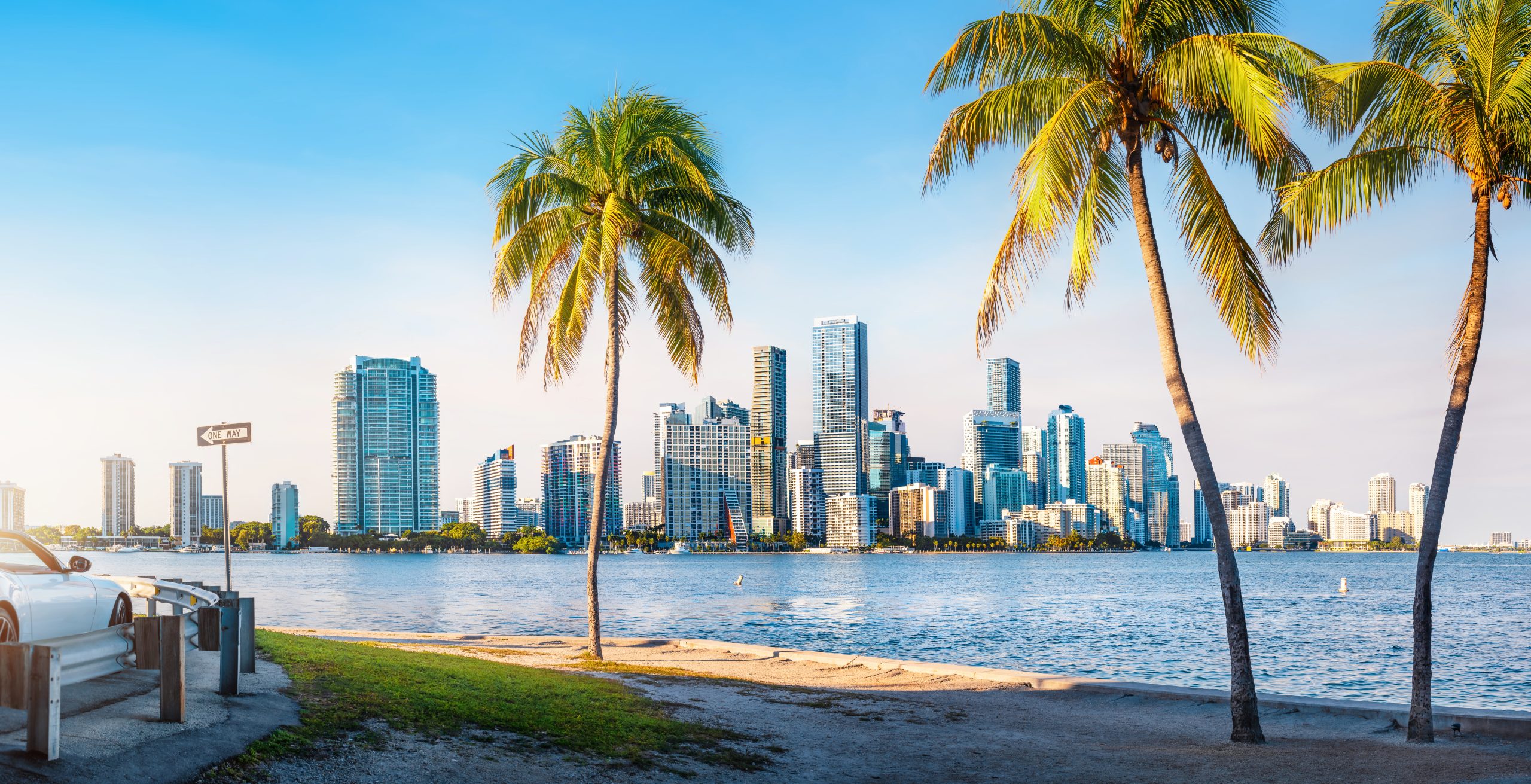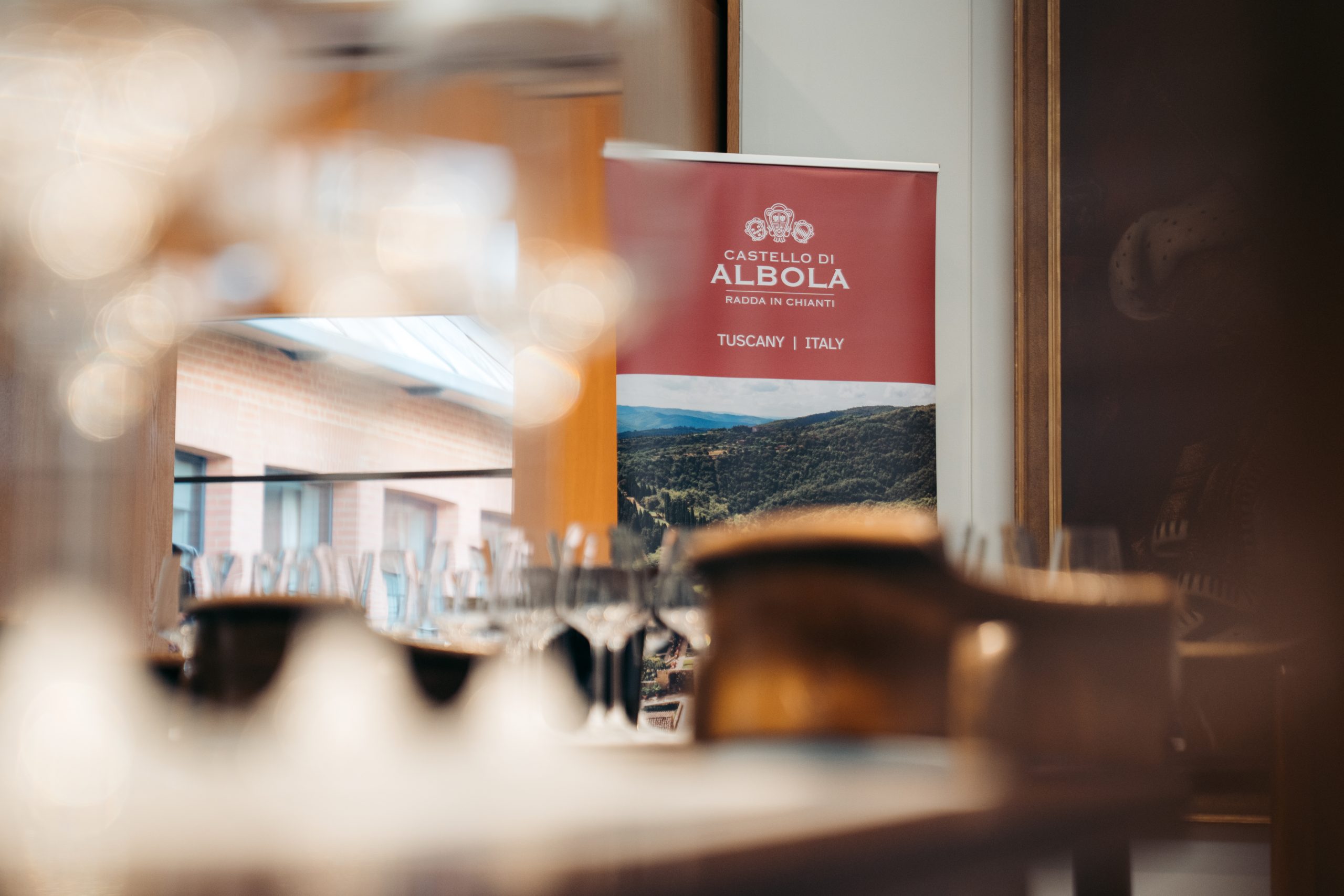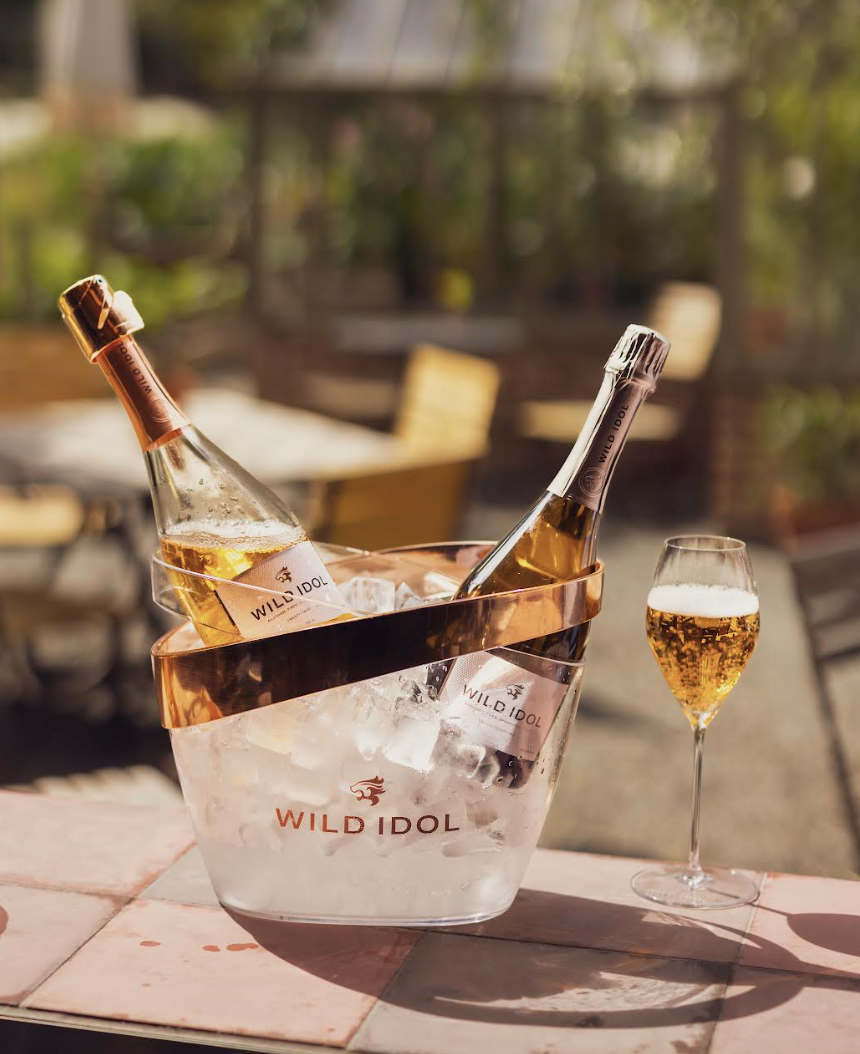Top trends in French wine for 2019
As we move into the new year, we ask some of the top French wine producers and personalities what regions, grape varieties and wine styles they predict will be hot in 2019.
Nicolas Emereau, director, Alliance Loire
“People are concerned about wine’s environmental impact, and also additives. Organic, Fairtrade and responsible farming trends will increase; not as an end in itself but as a prerequisite. In 2019, we should rediscover the wines from the cool French regions: Burgundy, Alsace, and Loire Valley have their role to play.
“The main thing, in my mind, will be the reds. With the 2018 vintage, we could change the ideas that many people have about reds from northern regions.”
Edouard Mognetti, deputy director, BIVC, Central-Loire Valley Wines
“British consumers love white wines, and especially Sauvignon Blanc. I’m confident this love affair will continue in 2019. What is changing, however, is that they are no longer just looking for a wine: they are looking for stories, for expertise, for terroir.
“This is where Centre-Loire Sauvignon Blanc wines make the difference. As British wine drinkers increasingly turn to lighter but expressive wines, they will also enjoy exploring single varietal Pinot Noir and blends of Pinot and Gamay.”
Anthony Taylor, export manager, Gabriel Meffre
“Many varieties in the Côtes du Rhône are become better known. Clairette is enjoying renewed interest, and also Bourboulenc, thanks to its brisk acidity. The Rhône Valley will become more popular, with a focus on higher altitude wines, such as those from Dentelles, Ventoux and St Péray.
“As for wine styles, elegant, crisp whites with good ‘minerality’ and juicy, fresh, vibrant styles for reds will be on trend. There will be less oak (if any) and less blatant alcohol. You can still have fine wines with 15% ABV, but you need freshness and acidity to counter-balance the alcohol.”
Gabriel Ruetsch, chief agronomist, Foncalieu
“Good quality pale rosé wines will do well in 2019, like single varietal Versant Grenache rosé from the IGP Pays d’Oc, which, according to the typical style of the region, is both elegant and food friendly, or the Piquepoul rosé, IGP Coteaux d’Enérune, which uses the forgotten grape variety Piquepoul Noir to make a modern style wine.
“The Domaine Haut Gléon Rosé has remarkable fruit flavour and freshness. New in 2019 is Paradis Secret in AOP Languedoc, which reveals its pale pink colour through a frosted glass bottle and stopper, and that promises to be irresistible in 2019.”
Mathieu Crosnier, director and winemaker, Domaine Grand Mayne
“A very important thing is sustainability. The time when the quality of the wine or the name of the vineyard were the most important thing is over. Now, consumers want to drink quality with the assurance of sustainability. The finesse, the freshness, the balance of the wines are a lot more important than the varieties of the grape.
Partner Content
“People also want identity and real character. The south-west of France is a very popular region thanks to the vineyards and people with real identities, and wines with lot of drinkability and passion. Of course, in England we will see the growth of Provence rosé and other pale rosés.”
Gérard Bertrand, owner, Gérard Bertrand
“Organic wines, rosé wines, and the rediscovery of old varieties may be the main trends for 2019. Consumers are more aware that going green is essential to preserve our planet. As a pioneer in biodynamic farming in France, this is something we have believed in for many years.
“That said, making world-class rosé is an extension of our savoir faire. The category can definitively be sustained. We also believe that white varieties have great potential in the market. This year, we’ll extend our Côte des Roses range with a Chardonnay expression and a new bottle design.”
David Hall-Jones, co-owner, Domaine Thomson
“Burgundy will continue to be popular, particularly among Asian drinkers. The interest in Burgundy continues to grow, notwithstanding the complexity of Burgundy’s many diverse terroirs. I also believe that we’ll see more focus on lesser-known Burgundy appellations, given the price increases of the top domains.
“Another region that I see as becoming more trendy is Beaujolais. This region is becoming more and more appealing to consumers looking for something new and different. There are two big attractions here – reasonable prices and increasing quality. Beaujolais also goes well with a number of cuisines in Asia and this will no doubt be a further draw.”
François Labet, president, BIVB
“In Burgundy, we encourage consumers to take a closer look at regional appellations with complementary geographical names. These include Burgundy Hautes Côtes de Nuits, Burgundy Côte Chalonnaise, Burgundy Côte d’Auxerre and Mâcon Lugny. These appellations come from parcels of Burgundy or Mâcon with specific characteristics, and constitute a first step towards the identification of a specific soil.
“As demand explodes and some prices drive consumers away, these wines offer excellent value for money and pleasure. Let’s not forget that Grands Crus only represent 1% of our production, whereas these Regional AOCs with additional names account for 16% of all wine produced in Burgundy.




